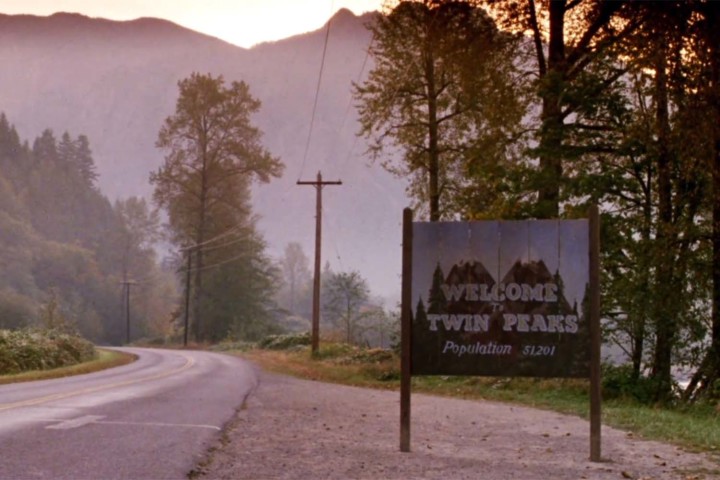The original version of Marcel Duchamp’s Fountain is lost, and it now only exists as copies and as a photograph by Alfred Stieglitz. In this way, as art historians like David Joselit have argued, the avant-garde is based entirely on a copy. I might extend this to suggest that the avant-garde is therefore a cliché; art history and cultural studies are melodramas wherein everyone is typecast. We know what to expect.
We cry when we are supposed to, and we scream despite already knowing that the monster is lurking under the bed. However, when the lights come on, we are left shaken, even though we predicted every twist and turn before the opening credits.
Duchamp, I do not think, wanted to or imagined that he would change the landscape of modern art, and the same is true for David Lynch when he co-created Twin Peaks with Mark Frost over twenty-five years ago. The original TV series, in conjunction with Lynch’s films, created a visual, thematic, and sonic repertoire so unconventional that of course everyone had to copy it. However, what was unique about Twin Peaks was that it was, in fact, a collection of every possible cliché; it was as if, in the spirit of Duchamp and the submission of a urinal to the Society of Independent Artists, Lynch wanted to give the finger to mainstream television. Twin Peaks played back — in a brilliant surrealism, or perhaps hyperrealism, only barely removed from real life — the enticing shames of popular culture, especially regarding the abuse of women onscreen.
So how do you copy what is already a copy? In the two-part premiere of Twin Peaks: The Return, aired last Sunday on Showtime, Lynch is unafraid to imitate himself. There is another death and another series of mysterious clues, but gone is much of the teary-eyed teenage drama (which I loved), and in its place is a distillation of everything “Lynchian.” We are now treated to long stays in the Black Lodge’s Red Room for instance — more perhaps in this two-hour premiere than in the entirety of the original series. This is extremely gratifying in some ways, but I wonder how this will develop vis-à-vis arguments that Lynch has become too self-referential.
On the contrary, I see a more personal and ultimately effective kind of copying here. Several scenes in the premiere are distinctly reminiscent of David Lynch’s paintings and early films while a student at the Pennsylvania Academy of Fine Arts. It will be thrilling to see Lynch doing his best impression of himself, or perhaps what one imagines fans want from him. This, I think, is the essence of Lynch’s continued criticality and historical importance — to show us what we want and render our desires both glamorous and repulsive.

